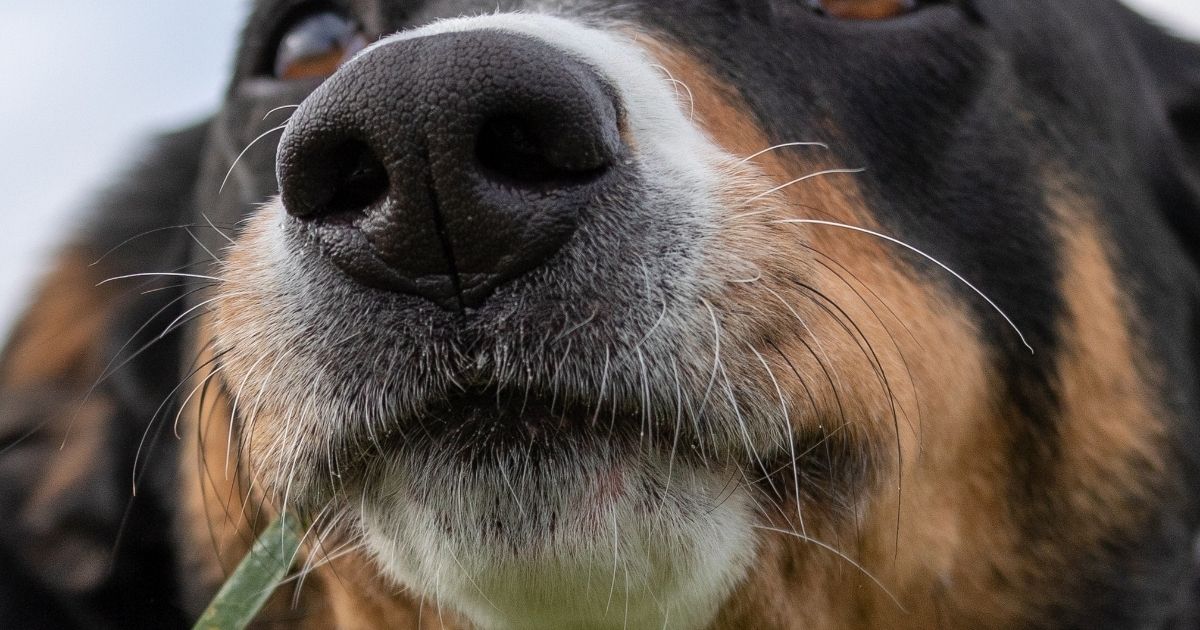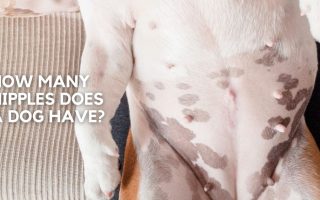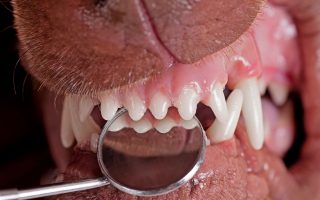Whiskers are often associated with cats because of their visible nature on felines, but they are part of dogs too, as every dog owner no doubt knows.
Dog whiskers seem different, more than other hairs on the dog’s body.
They also look sensitive, so obviously you’d be worried if something pulls them out or you trimmed them by accident while grooming, leaving you with many questions.
What do dog whiskers do? Do dog whiskers grow back? Or, should you schedule a vet’s visit?
The good news is that you don’t need to visit the vet, but you should understand that a dogs’ whiskers should not be tampered with.
While we admire how they sit on a dog’s face, whiskers do more than aesthetics. They have some crucial roles to play, and your dog would be at a loss if it loses them.
With this in mind, we’d explore the subject of whiskers and answer the main questions guiding us.
Why Do Dogs Have Whiskers?
Just as we’ve mentioned, whiskers are distinct from the coat hairs on a dog’s body.
Unlike soft and short hair, whiskers are thicker and considerably longer than normal hair.
They often stick tight to the dog’s face, making it harder to pull one out than it would if you were to try with a coat hair (though you shouldn’t).
The technical term for dog whiskers is “vibrissae”, a word that underlines its function.
Whiskers pick up vibrations from the environment, which help the dog be in touch with his surrounding.
They act somewhat like our fingertips with which we explore, but in a more upgraded manner.
Whiskers are fingertips 2.0, in that they give dogs better awareness than what we get as humans.
Whiskers possess follicles that contain more nerves and blood vessels than normal follicles. The former is responsible for picking the vibrations and relaying them to the dog’s brain.
Not all whiskers are the same. Though this isn’t public knowledge, there are different types of dog whiskers.
They have their special locations and some play unique roles, but all have the basic function of reception.
Types of Whiskers
Mystacial Whiskers
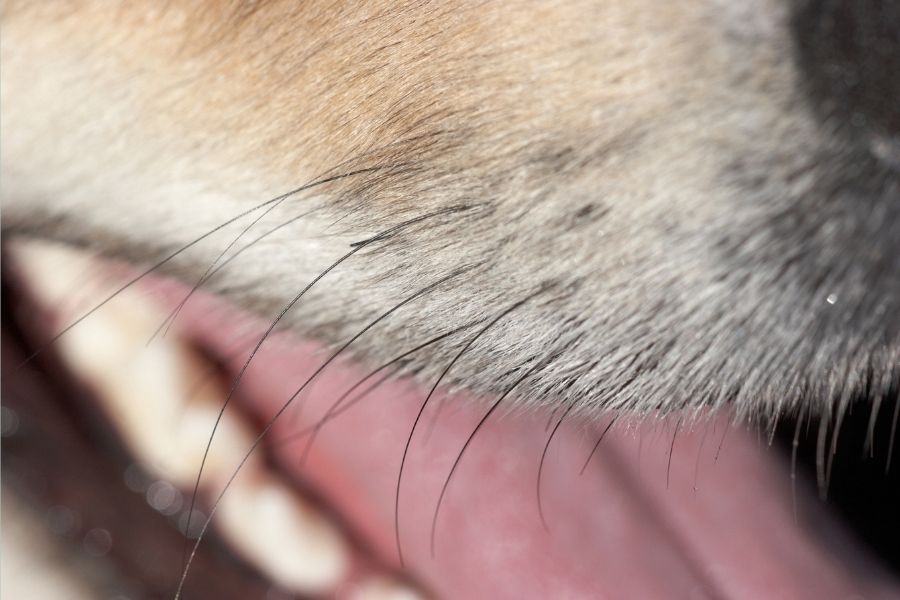
Mystacial whiskers are the most visible ones. These are the whiskers the casual viewer sees.
Mystacial whiskers are located at the muzzle, close to the dog’s upper lips. They act as a guide when the dog needs to use its mouth, during mealtime for instance.
It is also an asset during a fight as it tells the dog when something is close to its jaws, like a charging canine opponent.
Interramal Tufts
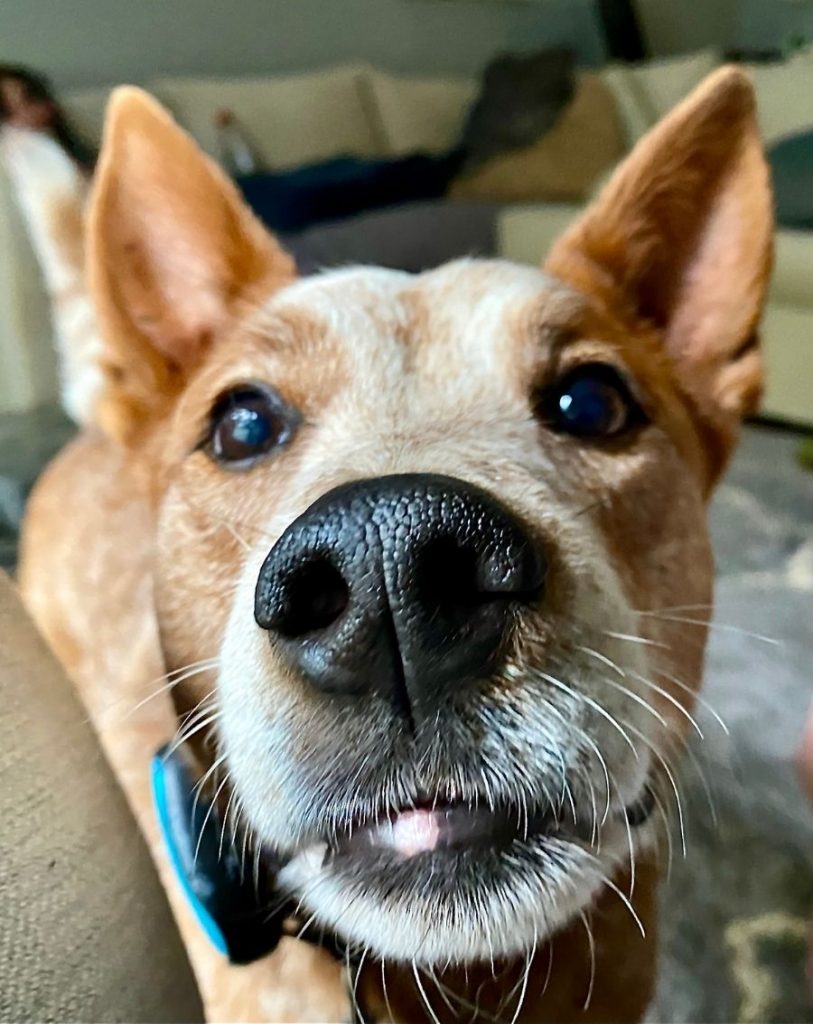
The Interramal Tufts is located under the dog’s chin. Its length depends on the breed in question, but the purpose is the same for every dog.
It helps the dog know what’s below the head, at a place where the eyes can’t reach.
These hairs help dogs in the water while hunting or even resting.
Genal Whiskers
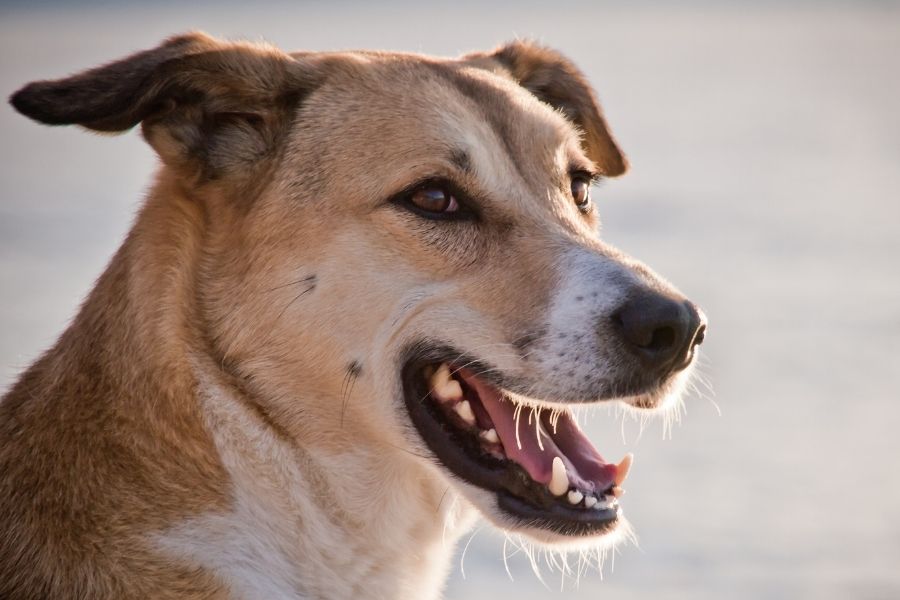
Genal Whiskers are located at the dog’s cheeks. While the above-mentioned types serve as guides, this type is more of a guard.
It protects your dog’s head from harm, such as getting stuck on a tree or hitting walls.
Supraorbital Whiskers
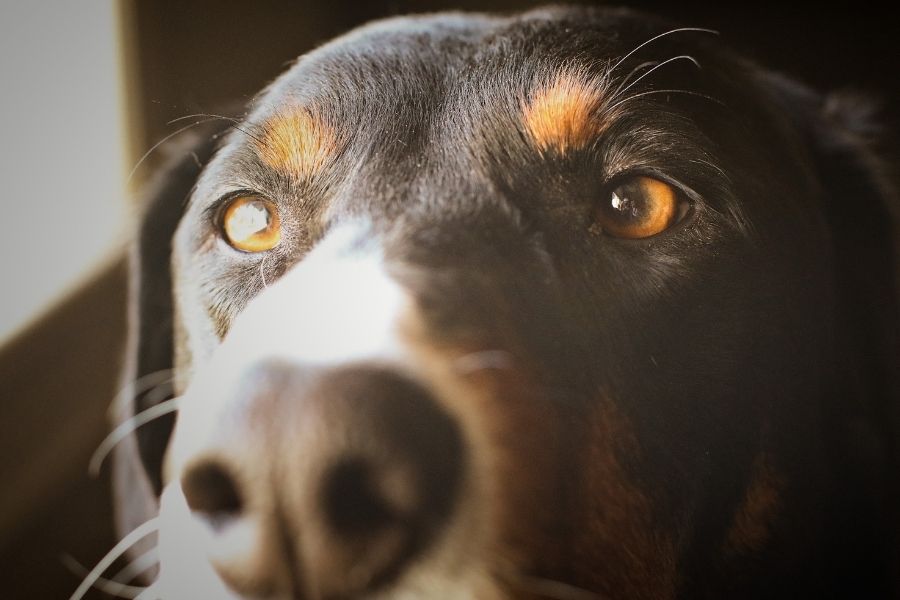
The Supraorbital Whiskers is the final type on our list but by no means the least important.
They are located above the eyes and protect this vulnerable organ from harm. These whiskers make it less likely that your dog gets blinded by an object.
Do Dogs Need Whiskers? What are Dog Whiskers for?
Going by all we know, here are the major importance of whiskers to a dog:
One major reason a dog can find its way around a dark environment is not because of any night vision, but the credit goes to the whiskers.
They supplement to other senses and complement their weaknesses.
#2. They gather information
Whiskers pick up different signals and relay them to the brain. Those signals give dogs better information about their environment than humans get.
Besides the sense of smell, these whiskers are also what make dogs good for search and rescue missions.
#3. They protect dogs
We can’t always be around to observe where our dogs are and what they do. Thankfully, whiskers help us play that role.
They protect dogs from getting stuck in holes, injured, or bumping hard into objects.
Should I Trim My Dog’s Whiskers?
Knowing the importance of whiskers to a dog, the answer to this should be a glaring No.
Do not trim your dog’s whiskers as that would be like cutting off your fingers (not as grotesque, but you get the point).
When you trim the whiskers, your dog becomes vulnerable to dangers around and would find it hard to navigate its surrounding.
It would be more accident-prone, get messy and even find it hard to defend itself in a fight.
Your pup could also get injured and would generally be uncomfortable. Although some adjust after a while, why put your beloved pooch through that trauma?
It is best to leave the whiskers as they are and let your dog be at its optimum performance.
Do Dog Whiskers Grow Back?
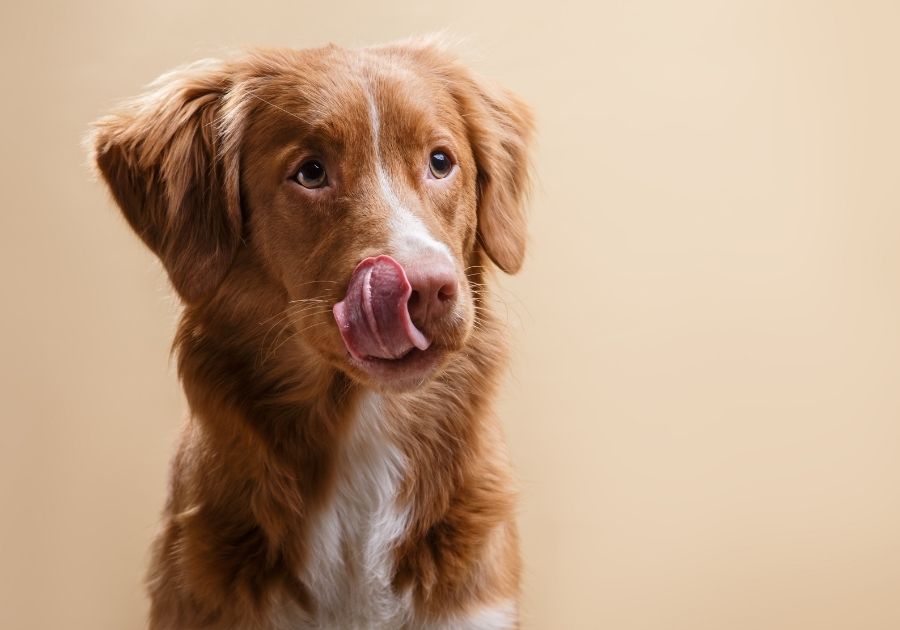
Sometimes we unintentionally trim our dog’s whiskers while grooming, or a professional groomer does so while trying to get to the hair on the face.
If this happens, there’s no need to get worried or to even seek expert help. Dogs grow back whiskers the way they grow other hair on their coat. It is also similar to how we grow back hair.
Trimming the whiskers also causes no pain as the hairs don’t contain any nerves. However, you should never yank out a whisker with your hand as that would be extremely painful.
After a dog’s whiskers get trimmed, you must keep an eye on it while the whiskers come back.
Keep it away from potentially dangerous situations and be tolerant of any mess it might make. your dog will adjust.
How Long Does it Take for a Dog’s Whiskers to Grow Back?
Generally, a dog’s whiskers grow at the same rate as other dogs’ hair. This means they should get back to their full length in a few months.
Some dogs take longer than others and there is no fixed time length. It depends on the breed, health of the dog, and even its diet.
Patience is an asset when it comes to whiskers growing. You have to give it time and ensure your dog’s safety as much as you can.
Frequently Asked Questions
Is it Ok to cut a dog’s whiskers?
A dog owner shouldn’t cut, trim, pull or pluck a dog’s whiskers, even if it will help beautify its face.
The whiskers are important because of their sensory input, and you deprive a dog of them if you remove them.
Will my dog’s whiskers grow back if plucked?
Firstly, you should never pluck a dog’s whiskers out as it has nerves at the base which can make plucking out very painful.
Kids should also be taught not to drag a dog’s whiskers as dogs get aggressive when this happens.
That said, unless the base gets damaged, the whiskers will grow back.
What if I accidentally cut my dog’s whiskers?
There’s no need to fret if you accidentally cut your dog’s whiskers. Sit it out and wait for it to grow out.
Your major role during that period should just be to protect your dog from harm as it might get disoriented.
Final Thoughts
Dogs’ whiskers are more amazing than we think. Those tiny and thick strands of hair make loads of differences for your dog.
Their dual roles of guide and guard are indispensable for dogs, which is why it is inadvisable to trim it off, or worse, to yank it out. That’s borderline cruel.
If by accident you trim your dog’s whiskers or it gets removed some other way, rest assured that it will naturally grow back.
If that doesn’t happen after some months, see a veterinarian to be sure there were no lasting damages.
You May Also Like:
Reasons Why Your Dog’s Ears Smell, Treatment & Guide
Reference: Wikipedia

